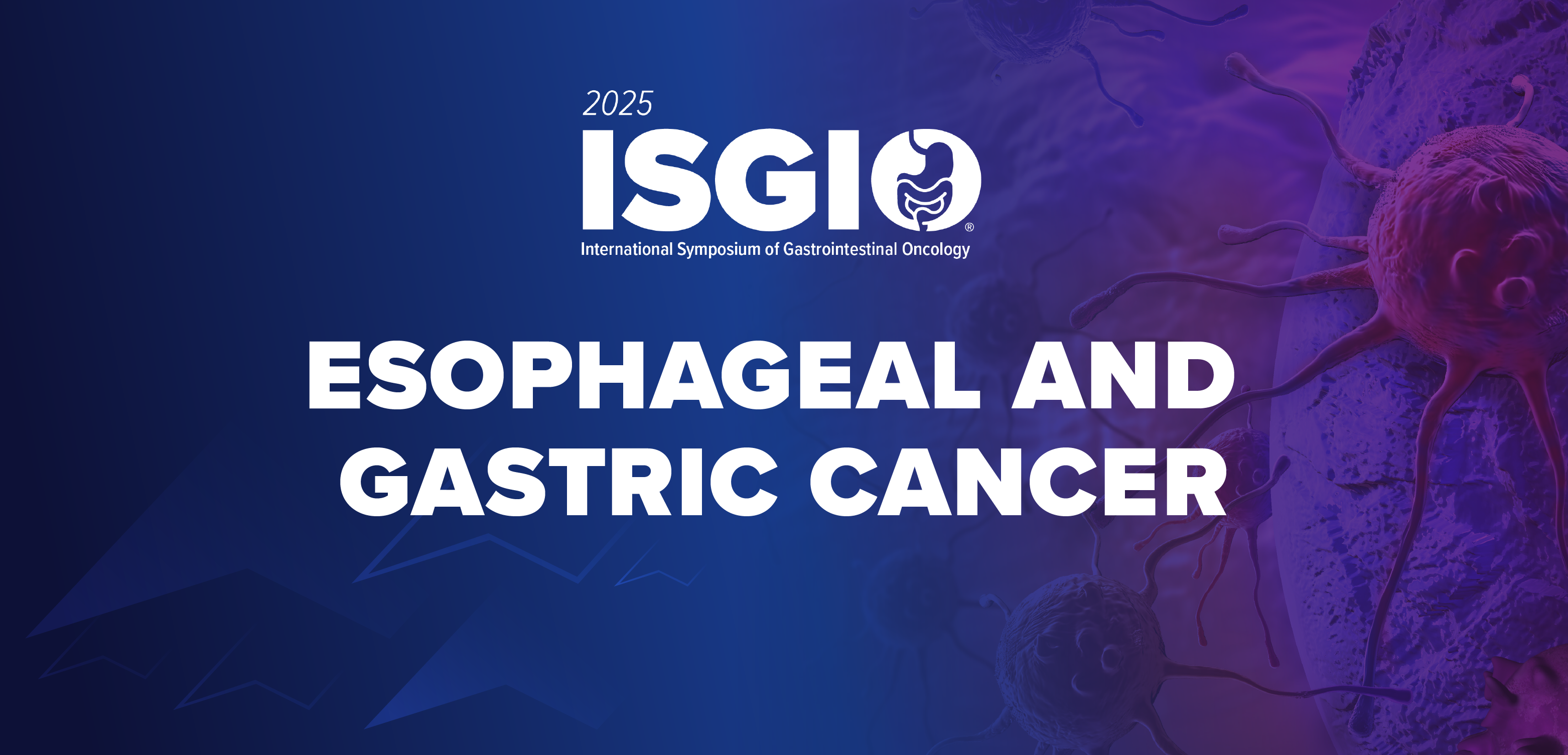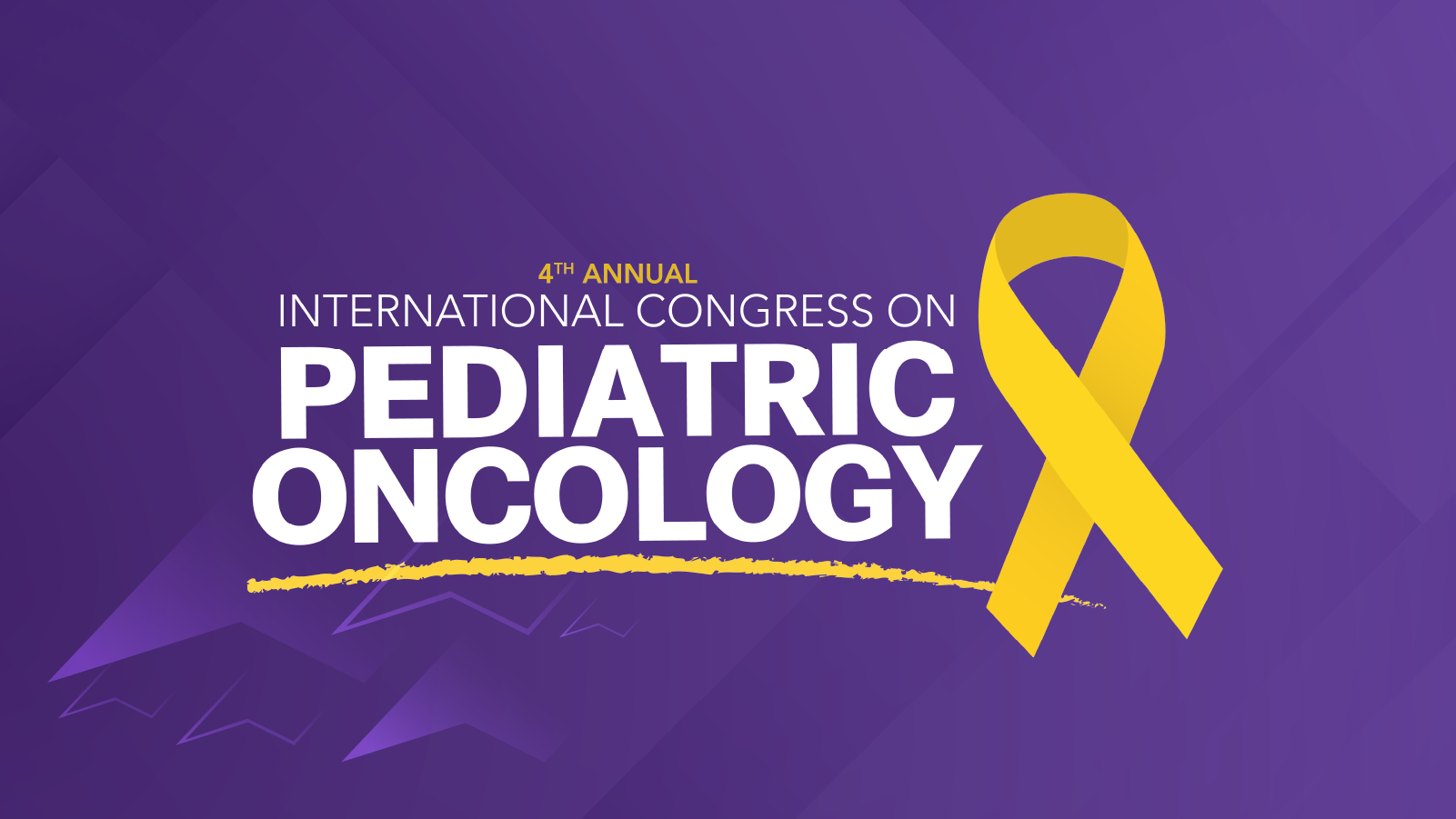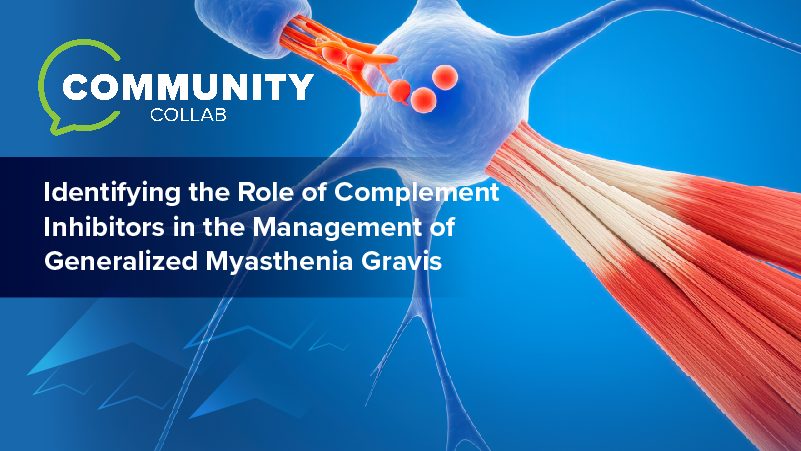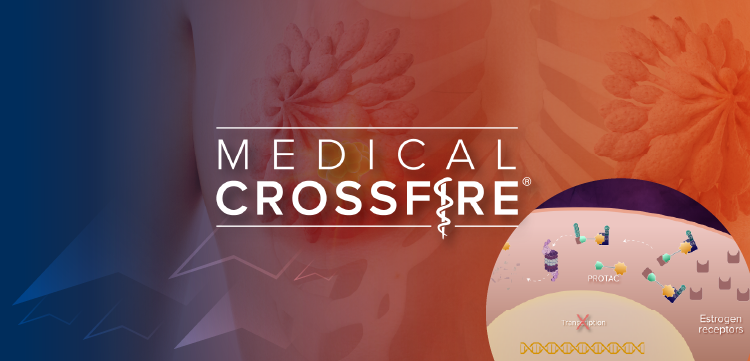
Reducing Infection Rates After C-section Deliveries
Although they’re often life-saving, all hospital operations come with the risk of surgical site infections. C-section are no different, researchers, in a recent medical trial, have found a way to slash post-operative infection rates with the use of an extra antibiotic.
Although they’re often life-saving, all hospital operations come with the risk of
From 1996 to 2009, the
In a recent
At postpartum follow-up within 6 weeks of delivery, the researchers were able to obtain information from 1,961 of the 2,013 women participating in the study. Looking for primary outcome rates that included endometritis, wound infection, or other infections, the study authors found that these occurred in 62 women, or 6.1%, who received azithromycin and in 119 women, or 12%, who received a placebo. Additional maternal outcomes, including rates of postpartum fever, treatment with antibiotics, and need for readmission or unscheduled visits (for any reason or specifically for infection), were significantly less common in the azithromycin group. The researchers noted one infant death in the placebo group as a result of extreme prematurity. In the study group, three infant deaths occurred due to fulminant herpes simplex infection, sudden infant death syndrome, and an unknown cause.
“In this large, multicenter, randomized trial, we found that the addition of azithromycin to standard antibiotic prophylaxis significantly reduced the frequency of infection after non-elective cesarean section,” write the study authors. “Our findings are consistent with those of previous studies supporting a lower risk of infection after cesarean section with the use of prophylactic extended-spectrum coverage than with standard antibiotic prophylaxis.”
Noting their awareness of the risk of infections from antibiotic-resistant bacteria, the authors add that it’s a concern that comes with azithromycin treatment. “However, it is unlikely that the single dose of antibiotic would significantly increase resistance,” they write. “Our findings from clinical maternal cultures are reassuring, but ongoing monitoring for changes in resistance profiles is needed.”
The
Newsletter
Stay ahead of emerging infectious disease threats with expert insights and breaking research. Subscribe now to get updates delivered straight to your inbox.































































































































































































































































































































